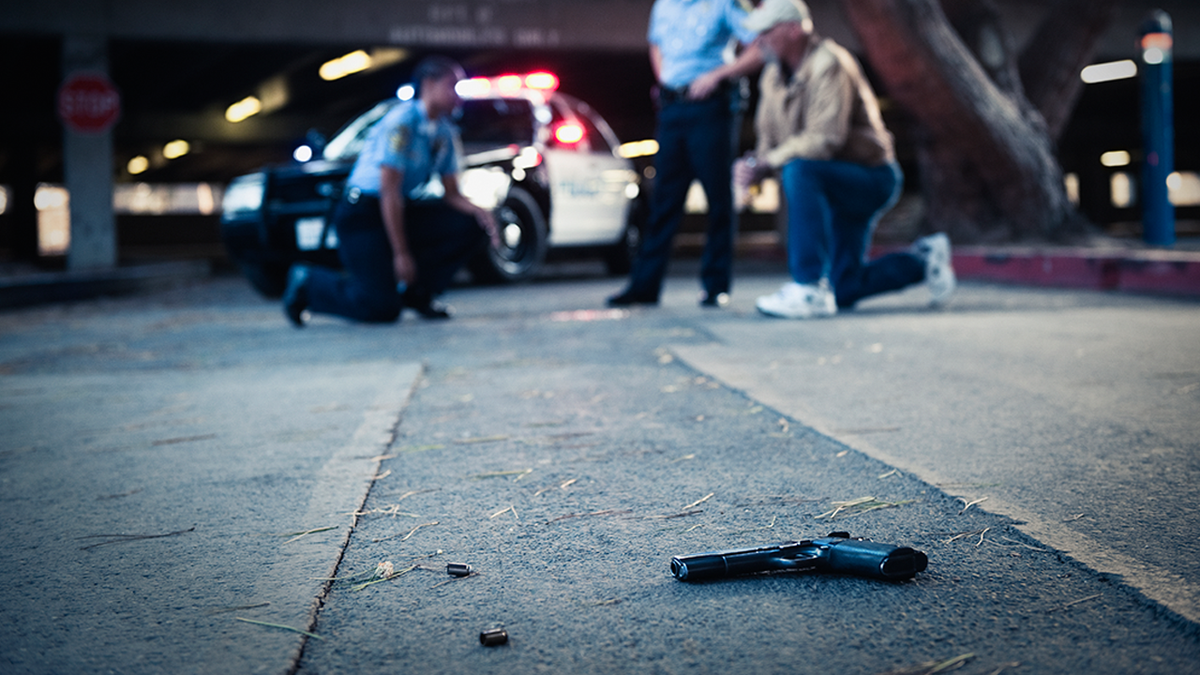
FILE (AP)
According to the annual Uniform Crime report, overall violent crime rose nationally in 2015 compared to the year prior. Property crime, which occurs roughly six times as often as violent crime, went down, however, by an estimated 2.6 percent across the country—continuing the almost unabated drop we’ve experienced for over two decades.
A close look at the data reveals that the largest increases aren’t pervasive nationwide, but are geographically uneven and concentrated among a small handful of cities.
For example, an oft-referenced report from the National Institute of Justice examining 56 large U.S. cities last year found that the 10 with the largest absolute rise in homicides accounted for a full two-thirds of the total increase among those sampled between 2014 and 2015. In fact, among cities with a population of greater than 250,000, almost one-quarter of the entire homicide increase is accounted for by the massive increases in just Baltimore and Chicago!
Even our politicized Department of Justice acknowledged in the NIJ study that the homicide spike in large cities is almost historically unprecedented. Thus, the geographically-concentrated nature of the spike in violent crime would appear to warrant separate consideration from the state of crime in the rest of the country.
The crime data should be setting off alarm bells in our cities that are seeing spikes in violent crime.
Recent history has a story to tell as well about what has happened in the years following crime spikes.
Since the crime rate began falling in early 1990’s, the number of murders has risen in eight of those years, only to resume their previous decline a year or two later. Likewise, overall crime rose in 2001, but continued to decrease the next year.
Violent crime went up in 2005 and 2006, yet fell again each year through 2014. While it would be foolhardy to suggest that crime will continue falling indefinitely, experience informs us that spikes are generally followed by declines thereafter.
While these numbers give us an idea as to the extent of such crime increases, they don’t reveal what factors are driving them. Some have pointed to the country’s burgeoning heroin epidemic and the violence that can attend the illicit drug market. Others have credited the so-called “Ferguson effect,” though criminologists have admitted such a hypothesis requires further investigation.
There do seem to be many local, neighborhood-level dynamics at play that have no obvious analog even in the rest of the city, let alone across the country. For instance, much of Chicago’s current problems appear to be driven by generational problem spots—largely involving gang activity—in just two parts of the city. Such concerns in the Windy City aren’t likely to explain the homicide increase in other cities.
So what to do about these increases in crime? Plenty of laws already exist to punish violent criminals and research questions the level of correlation between longer sentences and lower crime rates.
Strategies that do show evidence of effectiveness include policing that’s focused on high-risk individuals or geographic areas, and/or deterrence-based approaches that hold entire gangs accountable should individual members engage in criminal behavior.
Whatever method is employed, it will require significant buy-in from those members of law enforcement tasked with implementing it, as they’ll be our first line of defense in curbing increased crime in these trouble spots. Moreover, for the police to do their job to enforce the law will also require support for good law enforcement from those in power in our violent cities.
The crime data should be setting off alarm bells in our cities that are seeing spikes in violent crime. But city-level data suggests that these increases were less uniform than jumps that occurred in the past, while also showing that violent crime spikes experienced last year in several large cities have since started reversing themselves so far this year.
Communities across the country still have far safer streets than twenty years ago, as homicide and overall violent crime rates are roughly half of their early-1990’s peaks.
We should endeavor to keep them that way by espousing those strategies and policies that have proven to be effective.
